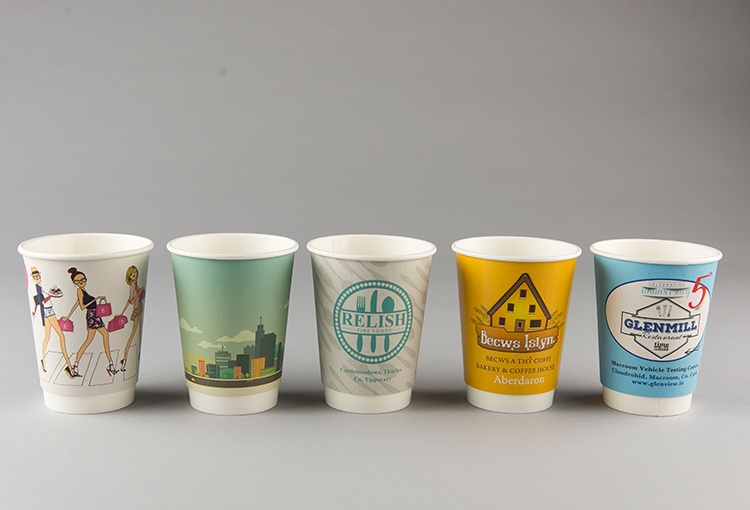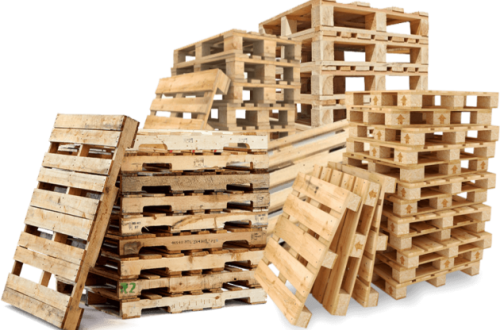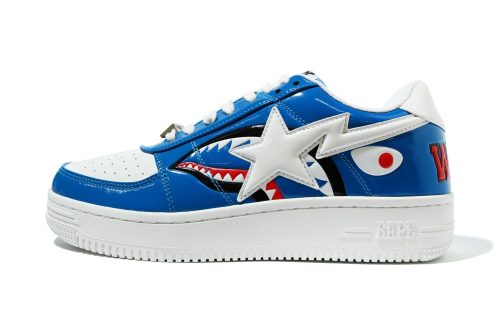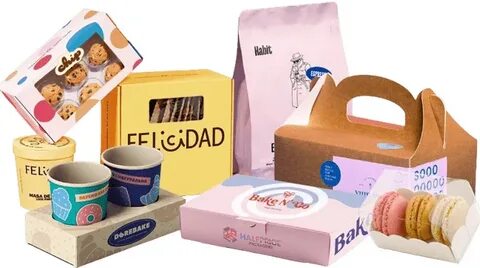Designing your own cups can be a fun and satisfying project. It allows you to express your creativity while creating something useful. Whether you want to design for yourself, give a gift, or start a small business, learning easy design methods is a great place to begin.
Understanding Cup Materials and Their Design Options
When starting your journey in cup designing, it’s important to know the types of cups available. Each type needs a different approach. The most common materials used in cups are ceramic, plastic, glass, and stainless steel. Each of these offers different levels of durability, texture, and surface compatibility for design.
Ceramic cups are perfect for beginners. They offer a smooth surface that holds paint or vinyl well. You can use markers or acrylic paints made for ceramics. After designing, you can bake the cup in the oven to set your artwork. Plastic cups are great for casual use, especially for kids or outdoor events. You can decorate them using waterproof stickers, vinyl decals, or permanent markers. However, heat-based techniques won’t work well on plastic.
Glass cups need special markers or etching creams. These give a classy look but may require a little practice. Stainless steel cups are used more in modern reusable designs. They work well with sublimation printing or waterproof vinyl.
Each material reacts differently to paint, pressure, and heat. So, choosing the right tool for the right surface is key. If you’re unsure, start with ceramic. It’s affordable, forgiving, and allows multiple tries. By testing out each material with small design samples, you’ll build confidence and improve your technique over time.
Using Vinyl Decals for Quick and Clean Designs
Vinyl decals are ideal for beginners who want neat and professional-looking designs. They are easy to apply and require very few materials. With just a cutting machine or pre-made decals, you can create stylish cups in no time.
The first step is selecting the right vinyl. Permanent adhesive vinyl is best for items that will be washed. You can find vinyl in many colors, finishes, and patterns. Matte, glossy, glitter, or even holographic – the choices are endless. If you don’t have a vinyl cutter, you can buy pre-cut shapes or letters online or in craft stores.
To begin, make sure your cup’s surface is clean. Wipe it with rubbing alcohol and dry it fully. Cut your vinyl design and weed out the extra pieces. Use transfer tape to lift the vinyl off its backing. Then place it onto your cup. Use a scraper or credit card to smooth out bubbles.
Many people use vinyl designs on custom cups for party favors or special events. They are a great way to create a large number of personalized items quickly. Over time, you can experiment with layering vinyl or mixing patterns to level up your design skills.
Getting Started with Hand-Painted Designs
Hand painting is one of the simplest and most creative ways to design a cup. It doesn’t require expensive equipment or a lot of experience. With just a few tools and a bit of patience, you can create a beautiful, personalized piece.
To begin, choose a smooth-surfaced ceramic or glass cup. Make sure it’s clean and dry before applying any paint. Use rubbing alcohol to remove oils or fingerprints. This helps the paint stick better. Choose paints that are made for ceramics or glass. These paints are usually non-toxic and can be sealed through baking or air-drying.
Start by sketching your design with a pencil or erasable marker. You can draw flowers, names, quotes, or simple patterns. Don’t worry about perfection. Handmade designs are special because of their unique, imperfect beauty. Use a fine brush for small details and a larger brush for bigger areas. Let each layer dry before adding another.
Once the design is finished, you need to cure it. Most ceramic paints are baked in a home oven at a specific temperature. This helps make your design permanent and dishwasher-safe. Always follow the instructions on the paint package.
Exploring Sublimation for Professional Finish
Sublimation is a more advanced, but still beginner-friendly, method of cup design. It gives a smooth, professional result and is often used in commercial cup production. With the right tools, you can start this process even from home.
To try sublimation, you need special equipment. This includes sublimation paper, sublimation ink, a printer, and a heat press. You also need a sublimation-friendly cup, which has a special coating to absorb the ink. These cups can be ceramic, stainless steel, or aluminum.
First, create your design using design software like Canva, Photoshop, or Silhouette Studio. Make sure to mirror your image before printing. Print the design on sublimation paper using a sublimation printer with the correct ink. Tape the design face-down onto the cup and place it into a mug press. The heat and pressure from the press turn the ink into gas, which bonds with the cup surface.
Once the heating time is complete, remove the cup carefully and let it cool. The result is a vibrant, long-lasting image that won’t peel or fade. It becomes part of the cup’s surface, not just something added on top.
Decorating with Waterproof Stickers and Transfers
Stickers and transfer sheets are another easy method for decorating cups. These are perfect for kids, quick projects, or low-budget ideas. They are fun, versatile, and come in endless designs.
You can buy waterproof stickers online or print your own. To make your own, use printable vinyl sheets and a home printer. Choose simple designs or download pre-made templates. Cut them with scissors or a cutting machine. Make sure to seal them with a clear waterproof spray if they are not already waterproof.
Transfers work a bit differently. These include waterslide decals or rub-on transfers. Waterslide decals need to be soaked in water before sliding onto the surface. They work well on ceramic or glass. Rub-on transfers require gentle pressure using a stick or tool to transfer the image.
Before applying any sticker or transfer, clean the surface. Place the design carefully and press it from the center outward to avoid bubbles. Let the design set for a few hours before using the cup.
Personalizing with Heat Transfer Techniques
Heat transfer is another creative method to decorate cups, especially if you’re working with stainless steel or coated tumblers. This method includes using heat transfer vinyl (HTV) or transfer paper that activates with heat.
The process starts by choosing or creating a design. Then, cut it using a vinyl cutter and weed out the extra material. Next, place the vinyl on the cup and use a heat source to apply pressure and heat. Some people use a mug press, while others use a heat gun or even a home iron with caution.
The key here is consistent heat and pressure. Unlike traditional vinyl, HTV becomes soft and bonds more deeply with the surface. This gives your design a more permanent look. Make sure the cup you’re using can withstand heat. Not all plastics or low-cost ceramics can.
Heat transfer works well for names, logos, or minimal designs. It’s also useful if you’re layering colors. Beginners can start with single-color HTV before trying more complex multi-layer designs. This technique gives you a lot of freedom with textures too—like glitter, matte, or metallic finishes.
Adding Details with Markers and Pens
Using markers and pens is one of the easiest ways to design your cup. This method doesn’t require any machines or extra materials. It’s a perfect way to start if you want something quick and personal.
Choose permanent markers or pens that are made for ceramic, glass, or metal surfaces. Many craft stores sell paint markers in sets with different tip sizes and colors. Clean the surface with rubbing alcohol, and let it dry before you begin.
Start drawing your design with light strokes. You can add outlines, doodles, quotes, or simple shapes. Use stencils if you’re not confident with freehand drawing. Let each color dry before adding more to avoid smudging. If you make a mistake, you can often remove it with alcohol before it sets.
After you’re happy with the design, you need to make it permanent. For ceramic or glass, bake the cup in an oven based on the marker instructions. This will help the ink stick better and last longer.
Conclusion
Designing cups at home is a creative and rewarding hobby that anyone can try. From painting by hand to using vinyl, sublimation, or stickers, there are many beginner-friendly methods to suit your style and comfort level. Each technique offers something unique, whether you’re aiming for a handmade feel or a polished, professional look.
Starting with simple tools like markers or waterproof stickers can build your confidence. As you grow more skilled, you can move on to methods like heat transfer or sublimation for long-lasting results. The key is to experiment, learn from small mistakes, and enjoy the process.





